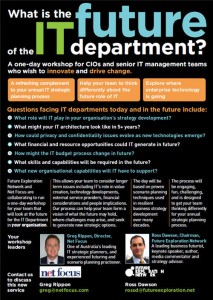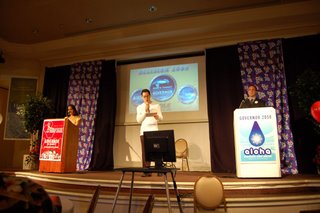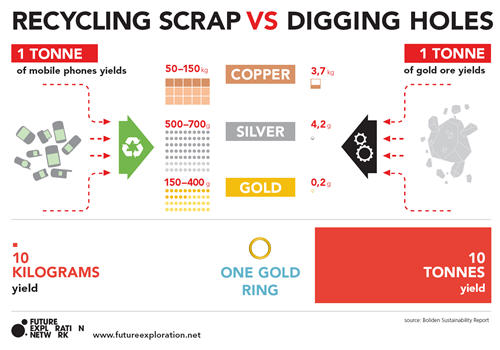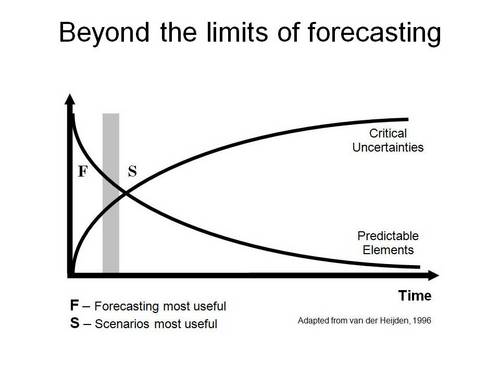Applying scenario planning to portfolio and financial risk: 6 steps to better risk management
Back in the late 1990s I did considerable work applying scenario planning to financial risk management, using qualitative approaches to managing risk as a complement to quantitative methodologies such as Value at Risk. However financial institutions were generally very slow to acknowledge the value of anything not fully quantified, so I shifted my attention to broader strategic issues. I wonder if the finance industry is now more ready for these kinds of approaches.
Here is an article I wrote in 1998 in Corporate Treasurer magazine in the wake of the Asian financial crisis of 1997. The article has not dated, and remains completely relevant today. Just replace Asia crisis with the recent financial crisis of your choice.
Did You Forecast Asia? Scenarios In Portfolio And Risk Management
Did you forecast and respond effectively to the ongoing impact of the Asian crisis? The debate continues on whether or not the crisis was predictable, however the reality is that it was not effectively predicted. One of the major reasons is the strong bias in financial markets to making single-point forecasts. By their nature these cannot encompass anything except what is perceived as the most likely outcome, and thus blind us to the unexpected rather than help us to prepare for it.
Read more →




